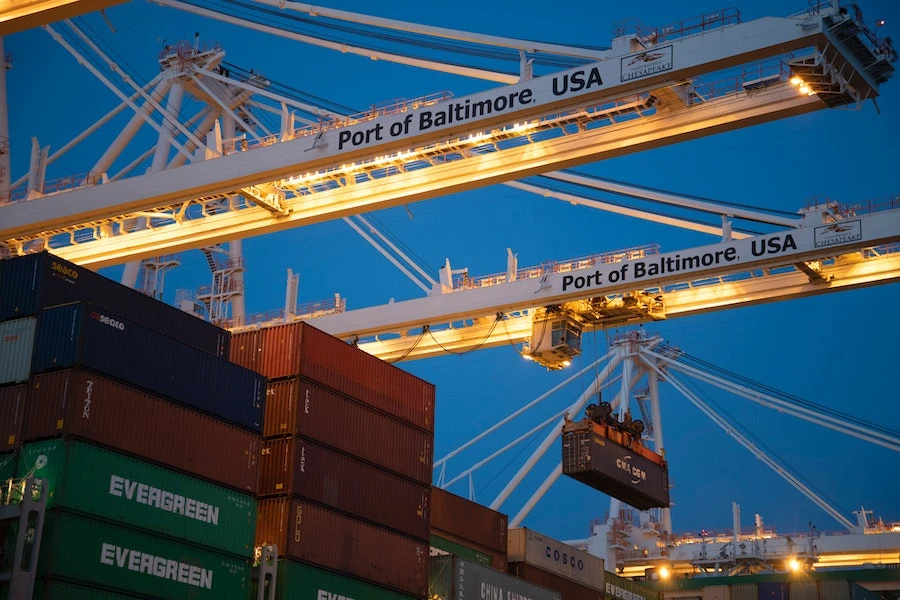
Procurement was never an easy part of supply chain management. It’s essential to keep goods coming in so that your operation can stay productive, and there have always been things that get in the way of procurement.
But in the last couple of years, the world really has seen unprecedented changes. Procurement and supply chains are more volatile than ever. Most of the way through 2022, it’s clear that we’re deep into a new normal. So, what does 2023 have in store for procurement? What trends should you expect?
Supply Chains Are Still Crazy
If you only read one thing about procurement for 2022 and moving forward, let it be this. Supply chains have remained volatile across the world for 2022, and that trend might exacerbate in the coming year.
The Chinese housing market looks poised to collapse, and that could end up being the first domino in a long chain that reshapes the global economy. Or, it could have very muted effects outside of trying to buy a house in China.
The problem is that no one actually knows, and planning around these major events and disruptions is getting more difficult.
The bottom line is simple. Disruptions will continue, and you won’t be able to predict them. When it comes to procurement, flexibility and redundancy are your best friends for the foreseeable future.
Cost Reduction Might Not Be King
In fact, maintaining flexible and robust supply chains might force you to increase costs in ways that weren’t a problem in the past. More to the point, there are plenty of reasons why cost reduction might need to take a back seat to other concerns.
Sure, it’s nice to save money when possible, but global inflation still hasn’t hit a cap, and it might make sense to let some expenses ride with and float on top of inflation.
From a different perspective, wages are going up, and that trend will likely hold into 2023. So, cutting labor costs might not be as valuable as building up labor stability.
These are just a few examples. There are plenty of aspects of procurement that require strategy over saving costs right now, and it’s important to identify when that is the case.
Get on Board With Technology
It’s 2022. There are a lot of amazing technology resources in the world. It’s long past time to make all of that technology work for you.
There are so many aspects of automation that apply to procurement. You can automate all of your documentation and tracking. This can include paying vendors or suppliers. It can include billing, expense reports, labor costs, and just about anything else that you want to track closely.
Invest in some automation and take advantage of everything big data can offer. This ensures that you are always making informed decisions, and you have a much better chance of staying ahead of all of the volatility.
Do You Have Good Vendor Relationships?
Since there is still so much disruption in supply change, flexibility matters more to everyone involved. This requires a closer working relationship with vendors and suppliers. You can have conversations that hash out the limits of flexibility to make your vendor relationships more adaptable. This gives you a lot more freedom to deal with unexpected changes, and it affords a layer of stability during uncertain moments.
Risk Assessments Need an Update
You know that things are crazy and will remain so for at least a while. Have you updated your risk assessments to account for this?
Maybe you should. Done right, updated risk assessments can help identify the most reliable suppliers. It can help prioritize aspects of your strategy, and it can help you anticipate your organization’s ability to deal with major disruptions.
Agility Matters
In such a dynamic environment, everything needs to be more agile. On the most obvious level, you want additional suppliers wherever possible. The alternate suppliers can pick up slack when primary suppliers face disruption.
You can also rethink supply chain routes. You can even consider alternative supplies on a fundamental level. In every way possible, try to find more ways to accomplish the same old tasks. This grants you the flexibility that you need to deal with the volatility of modern times.
Ultimately, procurement is only one part of the greater whole, and disruption is present in each component of supply chain management. There’s a lot to handle, but you are already multiple years into the new normal. You’ve adapted this far, and you can continue to adapt. Keep up your efforts to stay informed. Never stop searching for innovations and better options. Do these things, and you’ll come out on top no matter what the next year has in store.




















